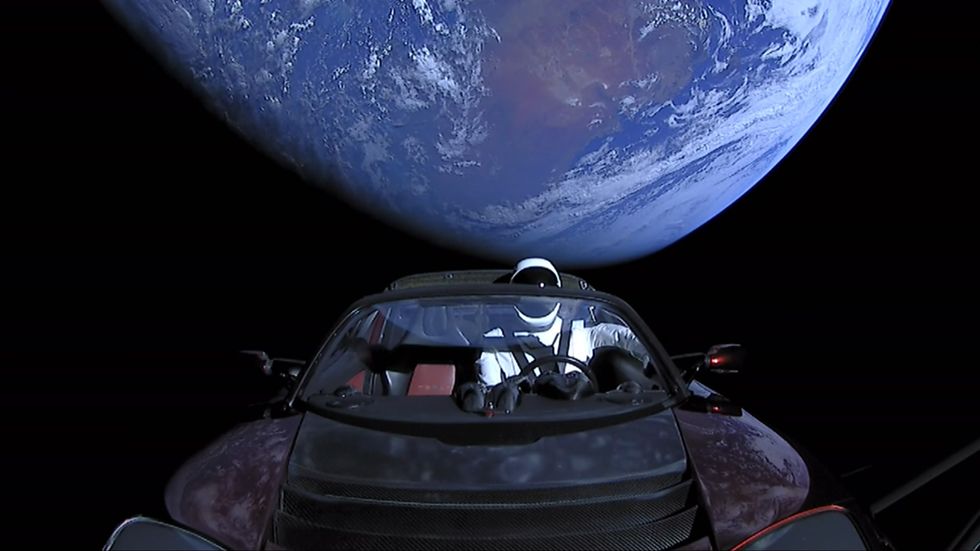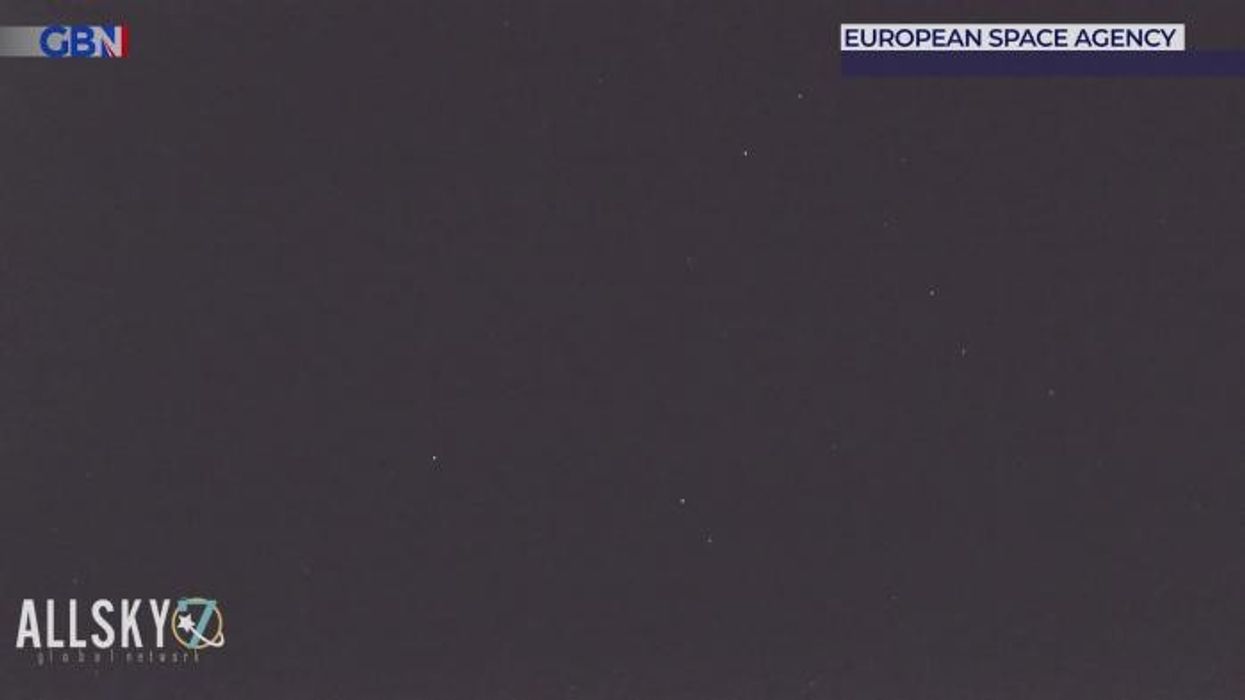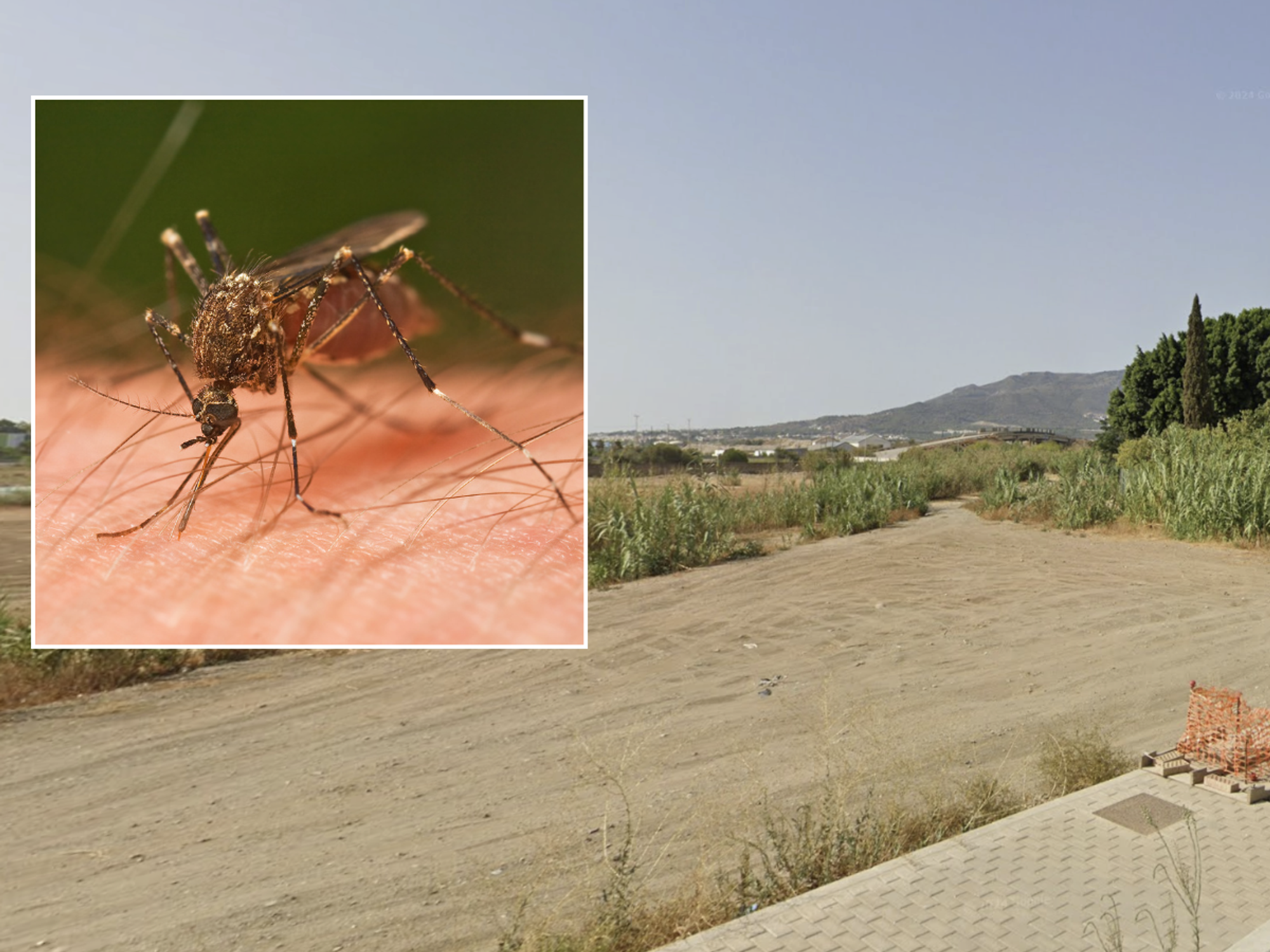Asteroid with potential of smashing into Earth spotted by scientists - before object revealed to be something very different
Scientists initially declared the mysterious object had the potential to collide with Earth
Don't Miss
Most Read
Harvard astronomers were left red-faced after mistaking Elon Musk's orbiting Tesla Roadster for a potentially dangerous asteroid, scientists admitted yesterday.
The Minor Planet Center in Cambridge, Massachusetts, officially registered the supposed space rock as asteroid "2018 CN41" on January 2, before realising their error.
The prestigious Harvard-Smithsonian Center for Astrophysics organisation had to quickly retract their exciting discovery after learning they had spotted the billionaire's sports car instead of a celestial object.
The object was spotted approximately 150,000 miles from Earth, closer to our planet than the moon, according to Astronomy magazine.

The object was spotted approximately 150,000 miles from Earth, closer to our planet than the moon
|GETTY
Due to its proximity, scientists initially declared the mysterious object had the potential to collide with Earth at some point.
The discovery prompted immediate registration with the Minor Planet Center, highlighting the organisation's vigilance in tracking potential near-Earth objects.
After just 17 hours, astronomers were forced to abandon their discovery when they realised they had confused an asteroid with a cherry-red sports car.
The Tesla Roadster had been launched into space during a SpaceX test of its Falcon Heavy rocket in February 2018.

The Tesla Roadster had been launched into space during a SpaceX test of its Falcon Heavy rocket in February 2018
|GETTY
The Minor Planet Center swiftly announced on January 3 that they were "omitting" the misidentified asteroid from their records.
The astronomical mix-up frustrated scientists, who cited growing concerns about "untracked" space objects interfering with their work.
During the unusual publicity stunt, SpaceX placed a mannequin dressed in a white spacesuit in the driver's seat of the electric vehicle.
The car was then mounted onto the Falcon Heavy rocket and blasted into the cosmos as part of the company's rocket testing programme.
The peculiar payload marked one of the more eccentric moments in space exploration history, with the spacesuit-clad figure silently orbiting Earth in the luxury sports car.
Centre for Astrophysics astrophysicist Jonathan McDowell warned that objects like Musk's car could hamper astronomers' ability to protect Earth from genuinely hazardous asteroids.
Speaking to Astronomy magazine, McDowell outlined a concerning scenario: "Worst case, you spend a billion launching a space probe to study an asteroid and only realise its not an asteroid when you get there."
The incident has highlighted growing challenges in distinguishing between natural space objects and human-made debris orbiting Earth.











